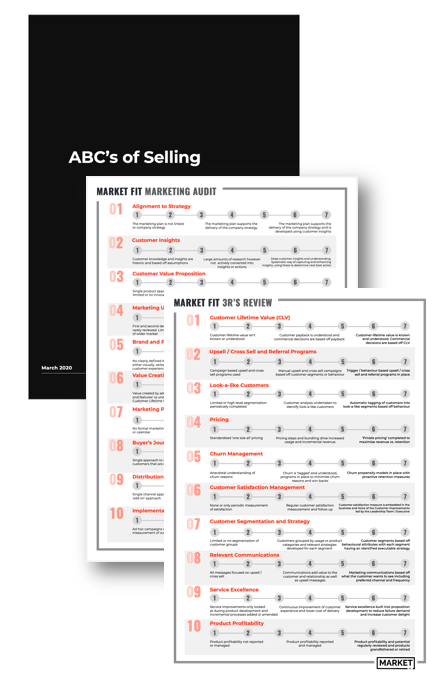A common challenge for many businesses I’ve been a part of in the last decade has been negotiating the phenomenal rise of mobile. For better or worse, we are all now glued to our smartphones – a recent Gallup survey showed 72% of smartphone users check their phones at least once an hour, 52% of check it a few times an hour or more, and 11% admitted that they check their phones “every few minutes”.
For a traditional business, this shift can create real stress to legacy systems and operational approaches. But with huge slices of everyday life now conducted via mobile this isn’t an area businesses can get wrong.
Just in case you have any lingering doubt on the role of mobile in everyday life, I’ve spent the last week digging into a couple of key reports (KPCB’s annual Internet trends report and ComScore’s US internet minutes of use). Some of these numbers really are astonishing, and should be at the heart of any business strategies you are considering.
- In 19 years mobile has gone from 1% to 73% global penetration
- That’s 5.2b mobile phone users, with 40% of these on smartphones
- In case you think we lag, NZ has 70% penetration. That’s higher than the US (64%), equal with the UK (71%) and only showing a gap when compared with traditional early adopters such as Japan (84%)
- Mobile data traffic is growing at 69% annually, with video streaming 55% of all traffic
- While Comscore thinks mobile digital engagement is about to draw level with desktop, KPCB thinks it’s already surpassed it (at 51% of all traffic)
- In the US an average of 2.8 hours of the day is spent on mobile devices
- Mobile accounts for 28% of all digital media engagement (but delivers only 8% of advertising revenue)
- Print has the most revenue to lose as this equation equalises, they only have 4% of the time spent on media yet enjoy 19% of ad spend
- Millennials love smartphones – 87% are never without their smartphone, and 44% use the camera function daily
NZ media statistics are pretty much in line with this. Mobile traffic in media surpassed desktop last year, now accounting for up to 60% of all traffic. Even Google has been forced to change their search algorithm, adapting it to place more importance on mobile and its ongoing growth.
Of course, as consumers change so must businesses. Mobile has changed how businesses operate, often creating new possibilities – the era of web-only disruption (featuring drop shipping, group buying and exploitation of the long tail) is now morphing into newer business models, this time led by mobile only businesses. Two examples recently launched in NZ are Uber (where your mobile connects you to a taxi, private car or rideshare seamlessly, and anywhere in the world) and Semble (a JV between some of NZ’s leading telco and financial providers, turning your mobile phone into a cashless wallet).
And it’s not just savvy start ups seeking to exploit mobile – the FT recently reported the Bank of England has approved a digital only bank, set to launch via a mobile app sometime this year.
There’s nothing on the horizon suggesting any of this will slow anytime soon. The unique benefits of mobile and Smartphones are now being driven on by increased handset performance, faster speeds, and lower data costs.
Some typical ways your business could be leveraging this platform and its unique benefits include:
- Location and micro-location information (delivered by bluetooth technology and cheaply available beacons)
- Just in time information (i.e. making a booking on Uber)
- Contextual awareness (i.e. location matched with purchase and search information)
- Click to call
- Always on
- Always present
- Modified experience based on time of day
- Real time and contextual push notifications
Key Takeaways
With consumers migrating from desktop to mobile, and smartphones already at 70% penetration, here are some of the questions you should be applying to your business and digital strategy:
- Do I have one?
- Have I considered mobile within my current digital strategy?
- Follow up question to the above, if I don’t have a mobile strategy do I have a digital strategy?
- How is my customer usage different between desktop and mobile?
- Have I maximised the mobile experience, matching the benefits of the channel to the ways existing and potential customers interact with my brand?
- Am I leveraging mobile to get deeper customer insights?
- What opportunities and threats can mobile offer my business and customers?
- Are barriers to entry I have previously relied on eroded by mobile?
- How am I evolving my business model to match the new customer consumption pattern?




